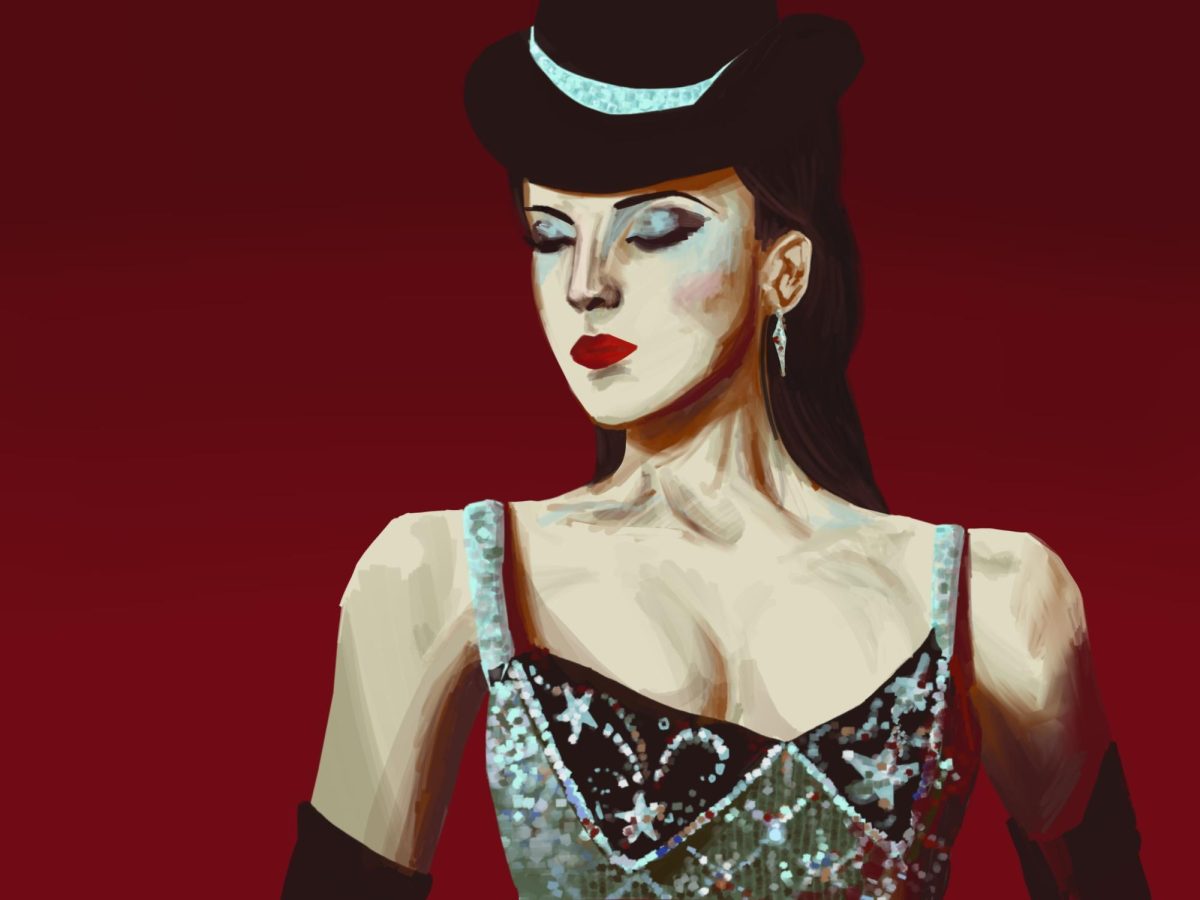Mortal Engines Could be the Start of a New Saga
December 23, 2018
Falcon Rating 4.5/5
Today’s technology is advanced enough to create worldwide chaos and even wars, but what if we had weapons that could break apart the Earth’s crust, reducing most of society to ruins? That is the setup for Mortal Engines, the new movie produced by Peter Jackson, famous for his Lord of the Rings films. The grand scale and spectacularly choreographed fight scenes from Mortal Engines are reminiscent of the epic battles from the Tolkien adaptations.
The film, which came out on December 14th, is set thousands of years after the global catastrophe dubbed the “Sixty Minute War.” The cities and towns of the ancient world have been put onto massive treads or wheels (or even legs) and now roam the desolate plains of a ravaged earth. The visuals for the towns are spectacular—London is depicted as a giant yet elegant mountain of metal and lights that bears down on smaller towns (London’s “prey”). In this fantasy world, cities eat smaller towns. Cinematic scenes like this are beautifully crafted; you can feel the fear of the smaller town as it is trapped and swallowed by the hulking behemoth that is London.
As the main characters leave London, the film ditches its dramatic steampunk nature for a unique atmosphere of wonder and discovery, redolent of scenes from the Lord of the Rings movies. This despite the fact that the landscape is a barren wasteland crisscrossed with the massive tread tracks of the colossal cities. The plot begins to reveal itself as the protagonists discover pirate towns, cities in the clouds, and a monolithic wall that protects the static settlement of Shan Guo from the monstrous rolling cities of the West.
The antagonists in the movie are typical—as far as action movies go. When archaeologists unearth a fragment of ancient technology, Valentine, the main villain, believes he can use it as a weapon to break the shield wall. As it turns out, there is more to Valentine that initially meets the eye, and the manifestation of his character is brilliantly played out. Hugo Weaving—who also acted in several Lord of the Rings films—plays the part of Valentine with a feverish resolve; he was the star of the show when it came to dramatic and heart-wrenching (albeit hellishly wicked) performances.
For audience members who enjoyed the book by Philip Reeve, the film adaptation differs within reason; the movie doesn’t drastically change the events of the book. One notable difference is the main protagonist: In the 2001 novel, most of the events of the book were told through the eyes of Tom (Robert Sheehan), an orphaned teenage boy who gets dragged into the revenge scheme of Hester Shaw (Hera Hilmar), an outcast with a mysterious backstory. By contrast, the movie adaptation focuses on Hester and leaves Tom’s character weakened, if not abandoned. Certain scenes in the film might also seem exceedingly lengthy or truncated to fans of the book. These minor transformations do nothing to change the impact of the film for people who haven’t read the book. However, for me, the movie would be better if some scenes had stayed true to the original story. Consequently, the film cannot get a five falcon rating.
Although the Mortal Engines novel currently has three sequels and three prequels, it is unclear whether the movie will get a follow-up. Peter Jackson is rumored to have an interest in expanding the Mortal Engines cinematic universe, although due to the tenuous box office turnout, chances of a sequel are slim. Despite all this, the exciting visuals, provocative messages, and strong characters of Mortal Engines are reason enough for anyone to see the movie any number of times. I encourage any fan of steampunk, action, drama, or fantasy to see Mortal Engines in a theater, or at home, and enjoy the heck out of it.








